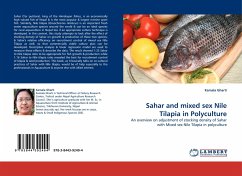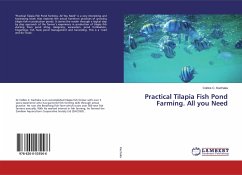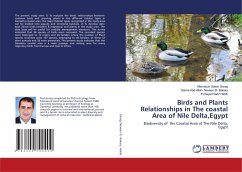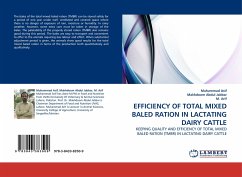
Sahar and mixed sex Nile Tilapia in Polyculture
An overview on adjustment of stocking density of Sahar with Mixed sex Nile Tilapia in polyculture
Versandkostenfrei!
Versandfertig in 6-10 Tagen
32,99 €
inkl. MwSt.

PAYBACK Punkte
16 °P sammeln!
Sahar (Tor putitora), king of the Himalayan fishes, is an economically high valued fish of Nepal & is the most popular & largest riverine sport fish. Similarly, Nile tilapia (Oreochromis niloticus) is an important fresh water aquaculture species around the world & can be an ideal species for rural aquaculture in Nepal too if an appropriate culture technique is developed. In this context, this study attempts to look after the effect of stocking density of Sahar on growth & production of these two species; & Sahar's relative efficiency on recruitment control of mixed sex Nile Tilapia as well, so...
Sahar (Tor putitora), king of the Himalayan fishes, is an economically high valued fish of Nepal & is the most popular & largest riverine sport fish. Similarly, Nile tilapia (Oreochromis niloticus) is an important fresh water aquaculture species around the world & can be an ideal species for rural aquaculture in Nepal too if an appropriate culture technique is developed. In this context, this study attempts to look after the effect of stocking density of Sahar on growth & production of these two species; & Sahar's relative efficiency on recruitment control of mixed sex Nile Tilapia as well, so that commercially viable culture plan can be developed. Descriptive analysis & linear regression model are used to measure these effects & describe the data. The result showed 1:33 Sahar to Nile tilapia ratio to be appropriate for fish growth & production while 1:16 Sahar to Nile tilapia ratio revealed the best for recruitment control of tilapia & seed production. This book, as it basicallytalks on co-cultural practices of Sahar with Nile tilapia, would be of help especially to the professionals in Aquaculture & anyone else with allied interest.














